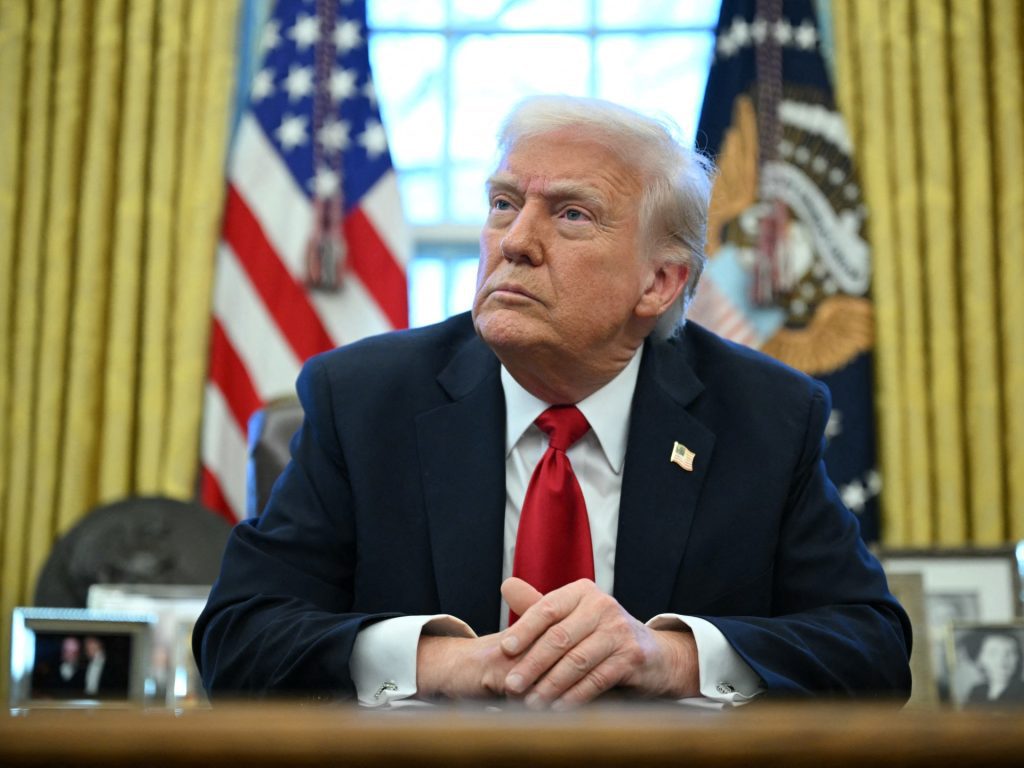President Donald Trump of the United States has announced that his upcoming reciprocal tariffs will be set lower than those imposed by other nations, as uncertainty surrounds what could be his most significant trade policy to date, impacting global stock markets.
During a press conference at the White House on Monday, Trump stated that the tariffs he plans to reveal on Wednesday will be “nicer” than those of US trading partners. “We are going to be very nice by comparison to what they were. The numbers will be lower than what they have been charging us, and in some cases, maybe substantially lower,” Trump shared with reporters in the Oval Office.
Trump reiterated his familiar viewpoint that the US has been exploited by its trading partners, claiming the new measures would bring “tremendous wealth back to our country.” He described this initiative as “really, in a sense, a rebirth of our country.”
The President’s comments followed a recent clarification that the tariffs would apply to “all countries,” dampening speculation that the measures might only affect nations that contribute significantly to the US trade deficit.
Deborah Elms, head of trade policy at the Hinrich Foundation in Singapore, noted that “Just hours out from his big announcement, Trump and his team continue to give conflicting and inconsistent signals of what to expect,” suggesting skepticism towards the clarity of the tariffs.
Trump’s April 2 tariff announcement, described as “liberation day,” is part of a broader series of trade actions taken by the President in recent weeks, including imposing 25 percent tariffs on imports from Canada and Mexico and general auto imports, with many of these tariffs set to go into effect this week.
While some Asian markets have rebounded after previous losses, analysts caution that Trump’s tariffs may disrupt global supply chains and lead to increased consumer prices. EU leaders, including European Central Bank President Christine Lagarde, are calling for Europe to gain more control over its economic future due to Trump’s trade strategies.



